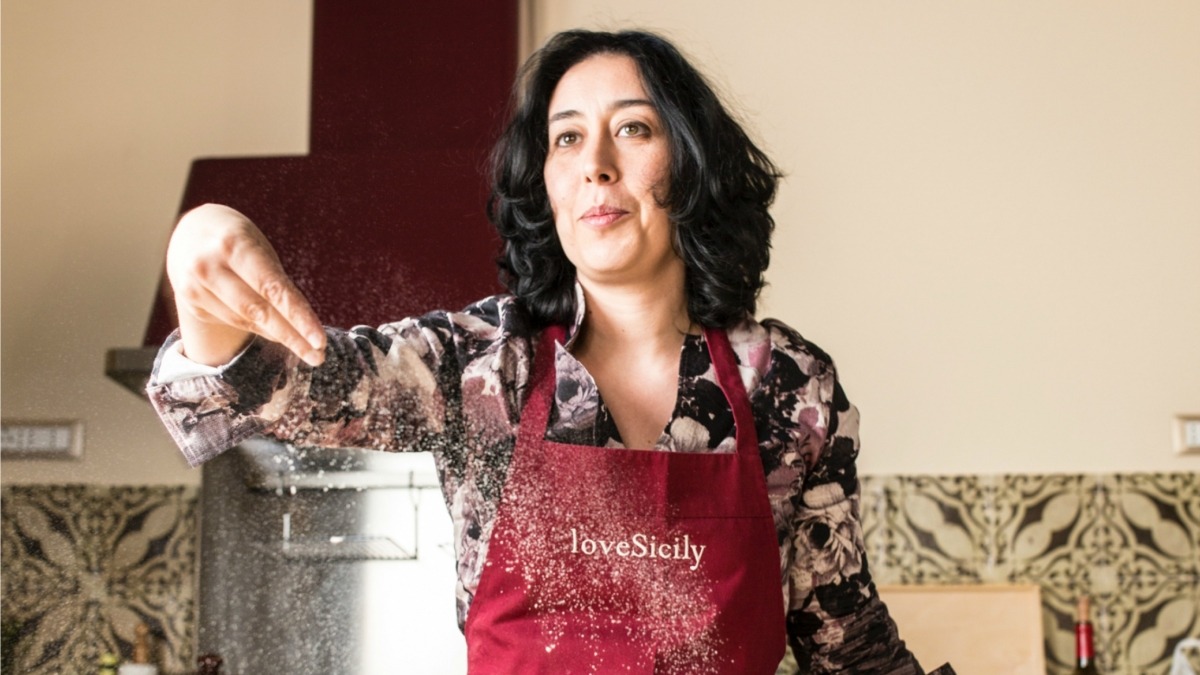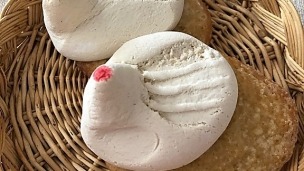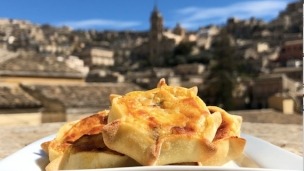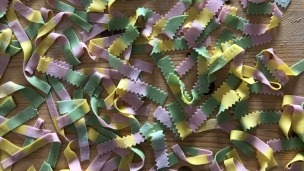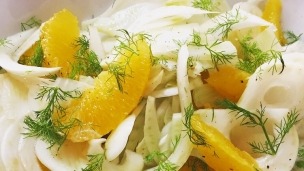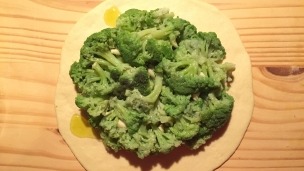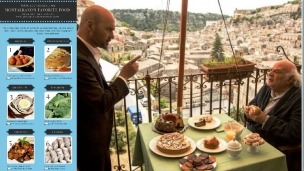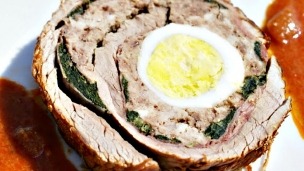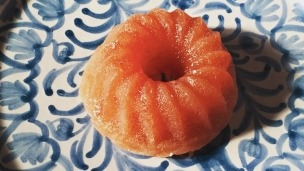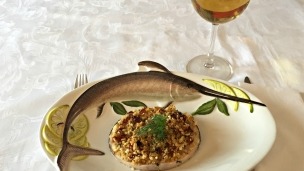Top 10 cooking mistakes I see during my cooking classes
I have been teaching cooking classes to hundreds of people for over a decade now and the best part of the experience has always been sharing our passion for food, personal kitchen anecdotes, cooking tips and exchanging recipes. People who have been to my classes know the atmosphere is always relaxed, no one panics if things do not come out as expected and the main focus is always learning with fun. But obviously, I have also encountered some common cooking mistakes I try to point out during classes and now thought it was time to share them with you too.
1. Leave jewelry on while cooking
Now I know this does not seem to have much to do with cooking, but it is something I really care about and notice often even when people are cooking on TV shows. You see them kneading, mixing food, touching meat, chopping vegetables while still wearing rings, watches, bracelets or long necklaces. Well, once you think about it for a second, you realise that it is pointless to wash your hands or change chopping boards, if then your piece of jewelry keeps touching the food. So remove it before you start, put them in a safe place and do not worry, you can still be super-feminine even without that pendant dangling over your ingredients.
2. Stirring and turning the food too often
Learning to leave food alone is one of the basic lessons in cooking, resisting the temptation to turn, stir, poke, flip. Your food cannot develop a nice crust unless you allow it to cook properly. How many times I had to refrain people from over-stirring the pan while the vegetables or some meat were cooking in it! The continuous stirring interferes with the searing process, you release moisture and get soggy vegetables rather than crunchy golden coated ones.
3. Overcrowd the pan when frying
Not overcrowding a pan when cooking is a good general rule to follow. If your beef stew did not get a crusty brown colour but looked like you boiled the meat, you know you probably needed a larger pan. Food releases moisture when cooking so unless you leave some room for the steam to evaporate, you will get again soggy food. But when frying, this rule becomes even more important. Adding too much food to sizzling hot oil in a pan reduces the oil’s temperature, your food will take longer to fry and the result will be oily and wet rather than crispy and dry.
4. Letting olive oil fume in a pan
You just added olive oil to a pan, then started doing something else while waiting for it to be hot enough to add the ingredients, you get distracted and go back to a fuming pan. This has happen to me several times, I place the pan on the hob, then start talking to my guests and....it is too late! In that case, all you can do is starting allover again. Do not cook in fuming oil that has passed is smoke point. Every cooking oil has a so called “punto di fumo”, smoke point, which is the temperature that causes both the taste and the nutrient level of the oil to breakdown. Oil can actually become toxic if it is heated well beyond its smoke point. Now this opens a big chapter on cooking oils, which kind has the highest smoking point? which one should you use for cooking? and frying? I leave this discussion out of this post right now, those of you who are interested can read Professor Robert L. Wolke’s article published by the Washington Post.
5. Use too much stuffing
When preparing stuffed meat or fish, like pork chops, chicken thighs, squid or calamari, don't fill them with too much stuffing. As they cook, they will shrink while the stuffing will expand, and the risk is a stuffing explosion;)! Now, perhaps the word explosion is too much, but your meat or fish could break and look like a torn shirt or become too tough. Fill about 2/3 of the squid tube or pork chop, “massage” them so that the stuffing is well spread out.
6. Overcooking pasta
Overcooked pasta is not just mushy, unpalatable and “sad”, it is also more difficult to digest and less healthy. Pasta is composed of complex carbohydrates but it develops more starch and transforms into simple carbs when it's overcooked. The release of more simple carbohydrates changes the Glycemic Index of pasta, which can sharply increase a person's blood sugar. Do I need to add anything else? To avoid overcooking pasta use a pot that can accommodate enough water so that the pasta has enough space to float while cooking. Wait for the water to boil before adding the pasta, don’t forget to add a little salt, then look at the cooking time indicated on the package and try it a couple of minutes earlier to double check. If you are going to use the pasta for recipes which need to go in the oven, strain the pasta 2-3 minutes earlier than the indicated time on the box.
7. Being a “food fashion victim”
Even food goes in and out of fashion. Remember your 1980s’ sausage rolls or that rocket mania of the 1990s? While there is obviously nothing wrong about following fashion even when it comes to food, we need to make sure to keep our mind open at the same time. I love the latest fashion that calls for thick slices of tuna fillets, browned outside and pink in the middle, but I also know that a well-done traditional slice of Sicilian Ventresca di Tonno with a golden crunchy crust is absolutely delicious. The same goes for the trendy Asian style barely cooked vegetables which remain crispy, but for a nice broccoli sauce for your “pasta che vruocculi arriminati” you need to cook broccoli until they can easily be mashed into a sauce.
8. Use too much or too little salt
Salt enhances flavors. This is mostly due to the fact that “Saltiness” is one of the five primary basic tastes the human tongue can detect. And when it comes to taste, there is alway the question of “personal taste”, something too salty for you could be right for me, etc.... There are also social habits involved, people in hotter climates tend to use more salt, etc.. I remember my initial confusion in restaurants in the UK when I was getting what I assumed to be the salt shaker because it had several holes in it and found out it was the pepper shaker instead. In Italy it is the other way round. However, there are some basic tips that can help. If you are using salty ingredients in a recipe like cheese, sundried tomatoes, sausage, certain types of fish, etc be careful about adding extra salt to your food. I suggest you taste as you go and decide if it requires more. When salting food, use the "cheffy trick" of sprinkling salt from a distance of more than 30 cm above the food. This helps to spread the salt more evenly onto the food, thereby resulting in a more consistent taste. Finally, remember that herbs, good extra virgin olive oil and spices can help you balance the flavor in your dish reducing the amount of salt at the same time.
9. Use inferior quality ingredients
“Do not cook with it if you cannot drink it” ….that’s so true for wine and every other ingredient! Good food is all about the right ingredients. The dishes you cook will only be as mediocre, good or excellent as the ingredients you put in them. Try to choose high-quality ingredients whenever available and affordable. I realise that Italians can sound very snobbish about ingredients with our Aceto Balsamico di Modena or Reggio Emilia, pistacchi di Bronte, lardo di Colonnata, etc......I know that while now it is not that difficult to get many top quality Italian ingredients abroad they might be ridiculously more expensive than when you get them here. So my advice is to shop around, send emails to producers in Italy, ask them how you can get their products in your country and if they know who offers the best price. Most producers will be happy to answer your questions. If that is not possible, always shop for the best ingredients you can find in your area. Support the efforts of your local producers and try to give them the credit they deserve. Good ingredients are the foundation of good cooking, so choose top-notch produce, meats and cheeses and your cooking will invariably turn out better.
10. Don’t taste as you go
For any cook, tasting should be automatic. You should start by tasting or smelling ingredients before you start cooking......how many times the ricotta from the same producer was saltier, or creamier, or the onion sweeter, the rocket spicer, and so on....This helps you adjusting the recipe as you go. Moreover, recipes don’t always call for the "right" amount of seasoning, cooking times are often estimates, and results vary depending not only on your ingredients, but also your stove, the altitude, your kitchen humidity levels…and a many other factors. Your palate is the control factor, so just use it. I cannot forget the time I had added salt to my chocolate chicken recipe instead of sugar......imagine what my guests would have eaten if I had not tried it;)!
